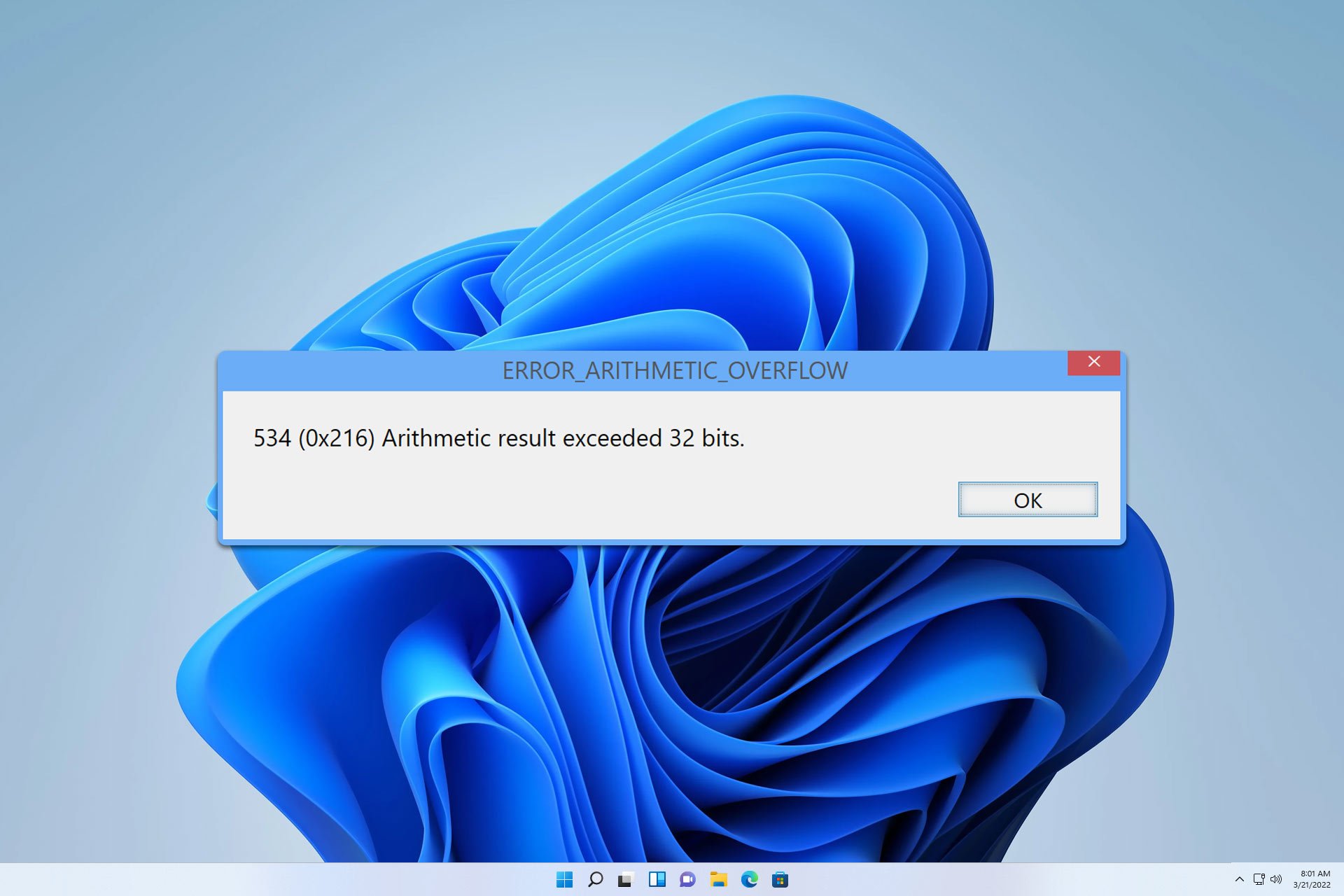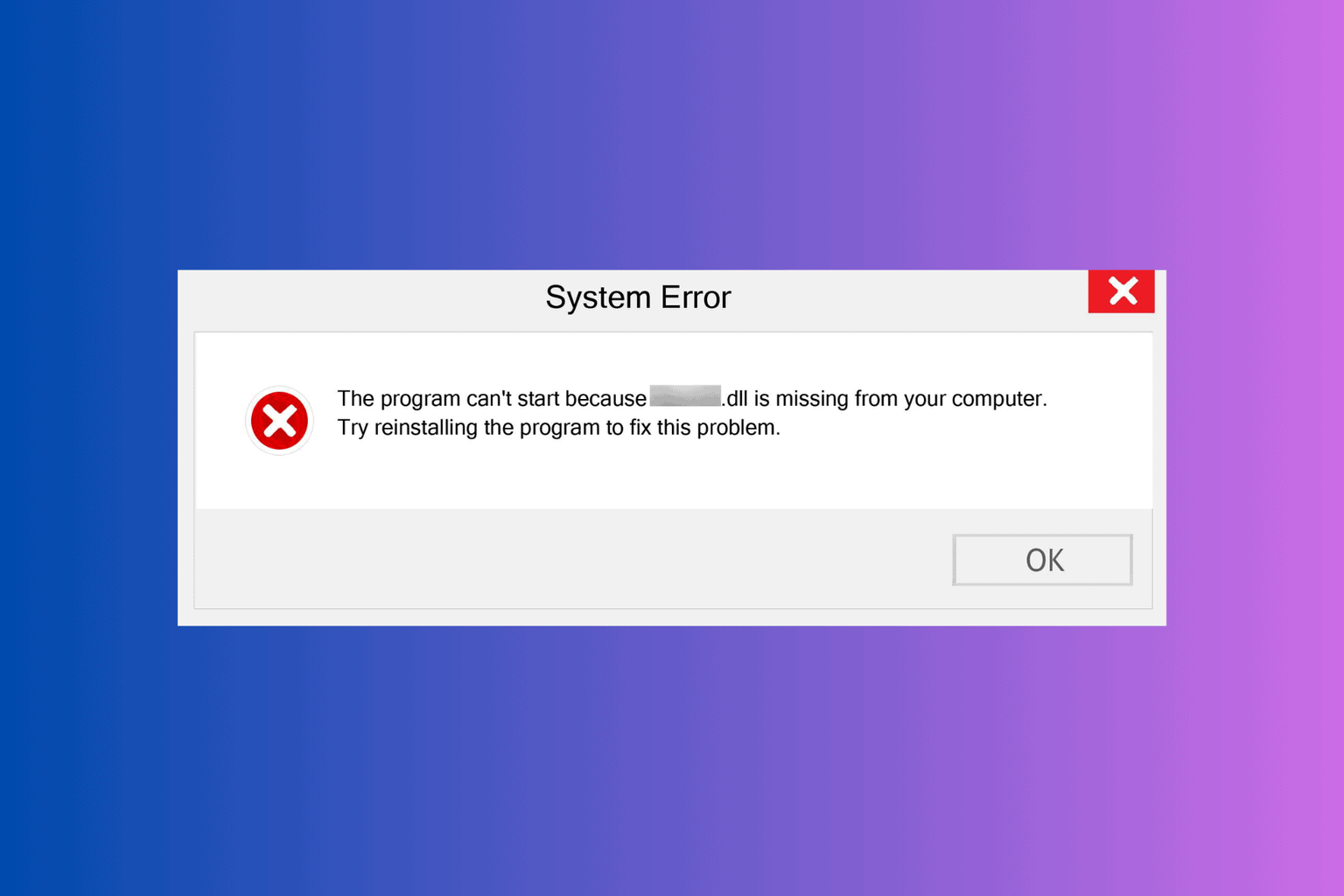Microsoft is using feedback to restructure its MVP award
2 min. read
Published on
Read our disclosure page to find out how can you help Windows Report sustain the editorial team. Read more

Microsoft Corporate Vice President of Developer Platform & Evangelism Steve “Guggs” Guggenheimer took the opportunity today to announce a restructuring in how the company awards its prestigious MVP awards. Guggenheimer reminisces about all the MVPs he’s met with in the past:
Over the years, I’ve been fortunate to have spoken with many MVPs. I am always impressed by the eagerness to learn that all MVPs seem to share, as well as the common desire MVPs have to share knowledge with others. MVPs design, build and innovate across multiple platforms, devices, and technologies, creating holistic solutions and helping others do the same. That agility and openness is part of the fabric of today’s cloud-first, mobile-first world.
In the same way Microsoft listens to feedback about its products and services, the company has also listened to feedback regarding the MVP program. Microsoft has now taken that feedback and incorporated changes.
The focus of the new changes is to broaden the types of achievements and contributions that can be awarded and to strengthen attention on smaller, more geographically localized efforts. Specifically, the award categories will be shrunken down from 36 areas of technical expertise down to 10 broader categories which encompass 90 different technical areas.

The following categories remain unchanged:
- Consumer Security
- Windows Consumer Apps
- Windows Experience
- Windows Phone
- Surface
- ID@Xbox
- Xbox
- Bing Ads
- Access
- Excel
- Macintosh
- Office System
- OneNote
- Outlook
- PowerPoint
- Publisher
- Visio
- Word
More specifics can be found here.
These changes will prevent limiting the MVP award to only one specific technical area. The new move makes sense as seldom does a candidate contribute only to one particular technology and only that. Many of these technical areas are inter-related, and improvements to one often cannot be had without improvements to others.
The new award structure will also have the effect of encouraging local field teams to recognize and collaborate more with MVP contributors, strengthening the relationship between Microsoft and MVPs.
To further incentivize collaboration with MVPs, Microsoft is now for the first time opening its Channel 9 developer video platform up for MVPs to publish their own content.
These changes are necessary for Microsoft to keep the program in tune with the rapidly changing pace of innovation in the technology sector. The changes also evince a much greater willingness on Microsoft’s part to collaborate with not just other corporations and software communities, but also with its biggest individual contributors.









User forum
0 messages